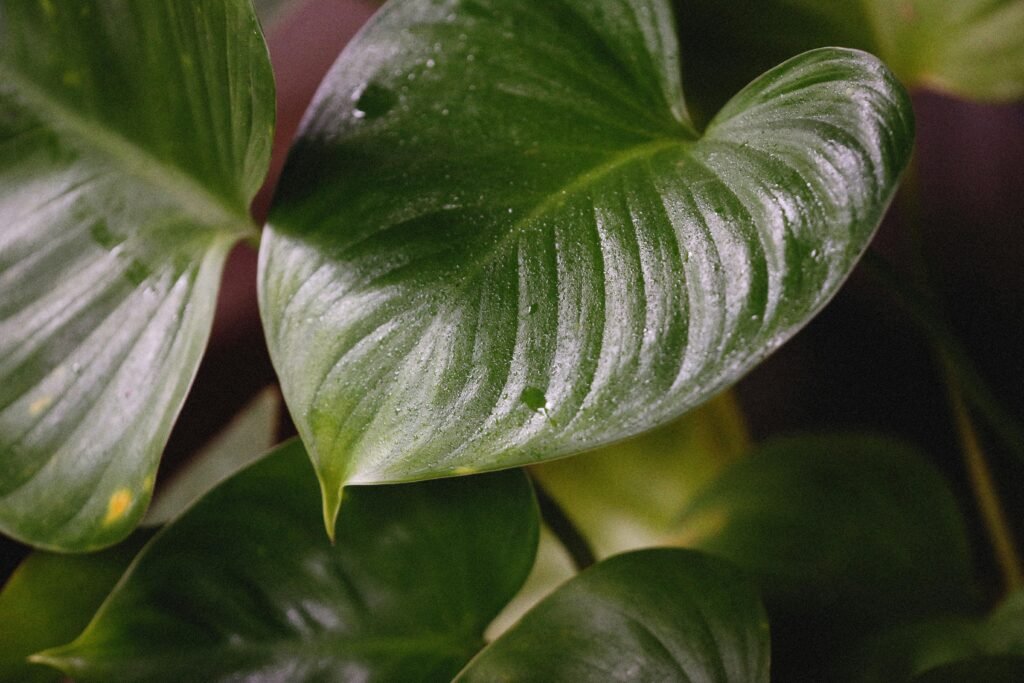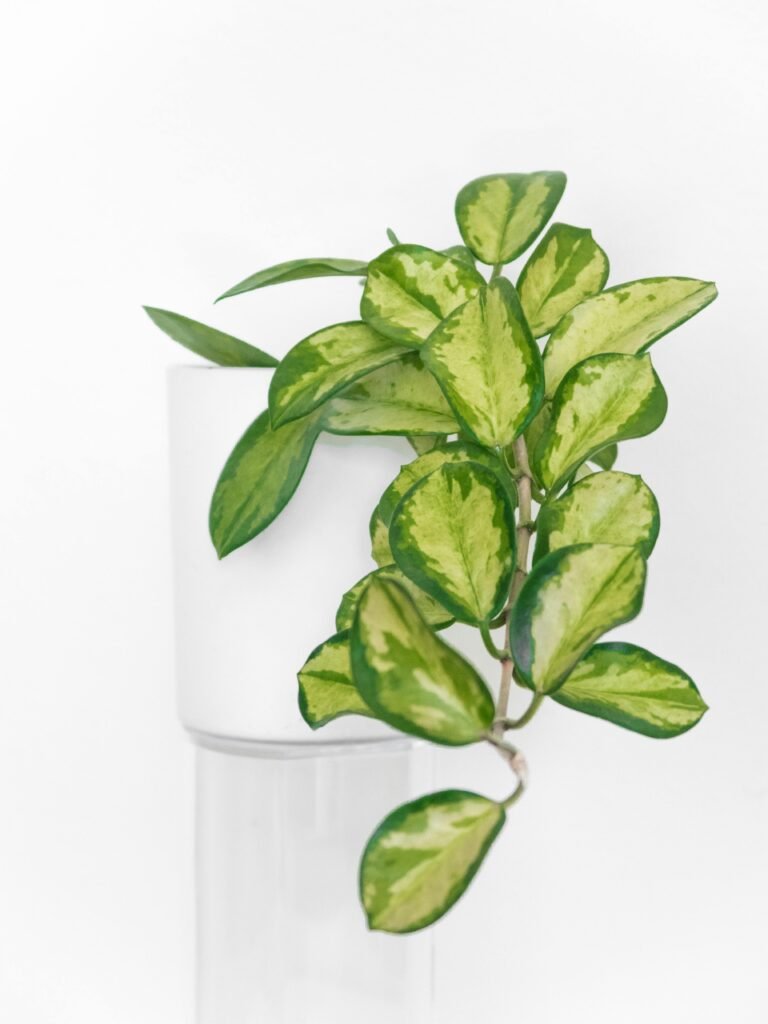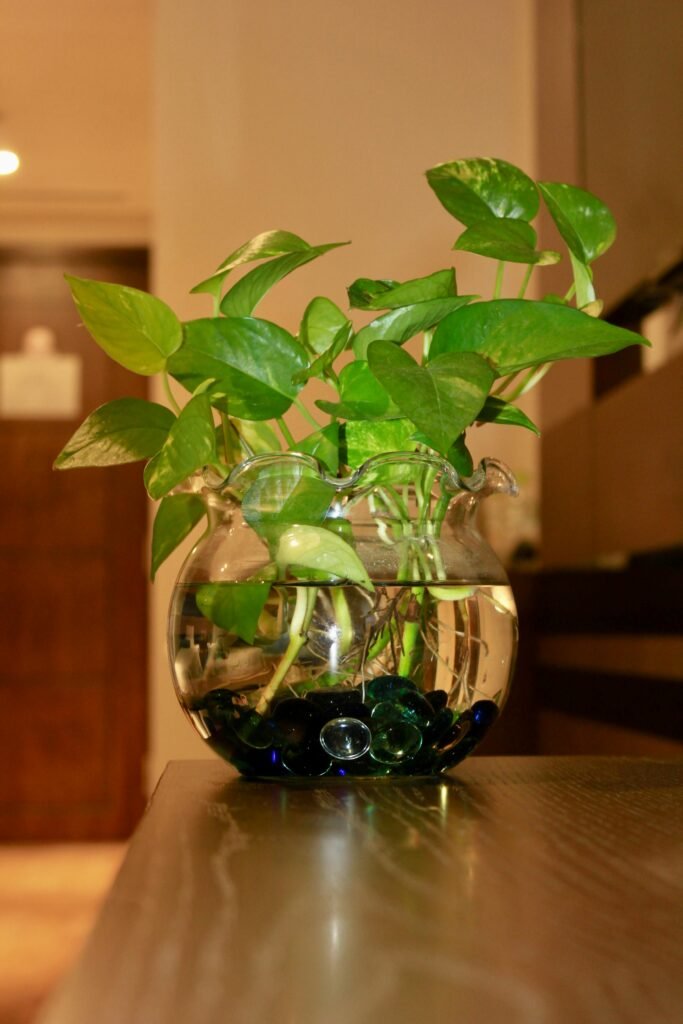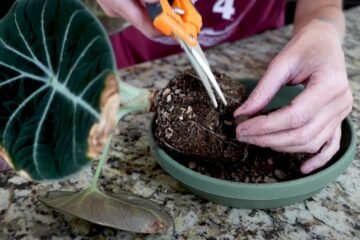Grow and care for pothos by placing in bright, indirect light, watering when soil is dry, and pruning for bushier growth, while monitoring for pests.



What is pothos plant?
In my years of experience, I’ve found that the pothos plant excels in versatility. It can be grown in hanging baskets, allowed to trail elegantly from shelves, or trained to climb on trellises and poles, adding vertical interest to any space. Propagation is straightforward—simply cut a segment of the vine below a node, place it in water or soil, and watch it develop roots within weeks.
While generally low-maintenance, pothos does have a few care considerations. It prefers well-draining soil and should be watered when the top inch of soil feels dry. Overwatering can lead to root rot, a common issue for many houseplants. Yellowing leaves often indicate either overwatering or insufficient light, while brown tips may suggest low humidity or underwatering.
Despite these minor challenges, pothos remains a resilient and adaptable plant. Its ability to bounce back from less-than-ideal conditions makes it a reliable choice for anyone looking to add greenery to their indoor space. However, it’s essential to note that pothos is toxic if ingested by pets or humans, so it’s best kept out of reach of curious animals and children.
| Common Name | Pothos, Golden Pothos, Devil’s Vine, Devil’s Ivy |
| Botanical Name | Epipremnum aureum |
| Family | Araceae |
| Plant Type | Vine |
| Mature Size | 20–40 ft. long, 3–6 ft. wide |
| Sun Exposure | Full sun, partial shade |
| Soil Type | Moist but well-drained |
| Soil pH | Neutral to slightly acidic |
| Bloom Time | Rarely flowers |
| Flower Color | Gold/Yellow, Purple/Lavender |
| Hardiness Zones | 10–12 (USDA) |
| Native Areas | Asia |
| Toxicity | Toxic to dogs and cats |
Pothos Care
Drawing from over a decade of experience in nurturing houseplants, the pothos plant (Epipremnum aureum), also known as devil’s ivy, stands out as an exemplary choice for any indoor garden. This resilient and adaptable plant is not only easy to care for but also offers several benefits that make it a favorite among plant enthusiasts. Here’s a detailed guide to caring for your pothos plant, along with explanations of why it’s such a fantastic addition to your home.
Light Requirements
- Low Light: They can grow well in low-light environments, making them ideal for offices and rooms with minimal natural light.
- Bright, Indirect Light: For optimal growth and vibrant leaf color, place them in bright, indirect light. Avoid direct sunlight as it can scorch the leaves.
Note: Their adaptability to various light conditions makes pothos incredibly versatile. Whether you have a bright, sunny room or a dimly lit office, pothos will thrive, adding greenery to spaces where other plants might struggle.
Watering
- Check the Soil: Insert your finger about an inch into the soil. If it feels dry, it’s time to water.
- Watering Technique: Water thoroughly until it drains out of the bottom of the pot. Ensure your pot has good drainage to prevent waterlogging.
- Frequency: Typically, watering once a week is sufficient, but this can vary depending on your home’s humidity and temperature.
Note: Pothos’ ability to tolerate occasional neglect in watering makes them perfect for busy individuals or those new to plant care. This forgiving nature ensures that your plant remains healthy even if you occasionally forget to water it.
Soil and Potting
- Soil Type: A general-purpose houseplant potting mix works well.
- Pot Size: Choose a pot that is one size larger than the current one when repotting.
- Repotting Frequency: Every 1-2 years, or when roots outgrow the pot.
Note: The ease of soil and potting requirements means you don’t need specialized materials, making pothos low-maintenance and cost-effective.
Fertilizing
- Type: Use a balanced, water-soluble houseplant fertilizer.
- Frequency: Fertilize every 4-6 weeks during the growing season (spring and summer). Reduce or stop fertilizing in the fall and winter when growth slows.
Note: Regular, minimal fertilizing keeps pothos vibrant and healthy, ensuring robust growth without the need for frequent or complex feeding routines.
Temperature and Humidity
Temperature and humidity are crucial factors in the successful care of pothos plants, and my years of experience have taught me their significance. Pothos thrive in moderate indoor temperatures ranging from 60-85°F (15-29°C), providing the ideal conditions for healthy growth. Additionally, while they prefer moderate humidity levels, they can adapt to lower humidity commonly found in indoor environments, making them versatile and resilient. However, maintaining consistent humidity can prevent issues like brown leaf tips, ensuring your pothos remains lush and vibrant. I’ve found that simple measures like misting the leaves or using a humidity tray can effectively boost humidity levels, promoting optimal growth and overall plant health.
Types of Pothos plant
Pothos ‘Marble Queen’: This cultivar features stunning marbled leaves with creamy white and green patterns, adding a touch of elegance to any space.
Pothos ‘Cebu Blue’: Known for its striking blue-green foliage and unique silver-gray markings, this rare variety is prized by collectors for its captivating appearance.
Pothos ‘Neon’: With vibrant, fluorescent green leaves that seem to glow under low light, this eye-catching cultivar is a standout addition to any plant collection.
Pothos ‘Manjula’: Renowned for its exquisite variegation, featuring shades of green, white, and silver, this rare cultivar exudes sophistication and charm, making it a sought-after gem among plant enthusiasts.
Pruning
Pruning is necessary for several reasons, and my decade of experience has underscored its importance in plant care:
- Promotes Health: Regular pruning removes dead or diseased parts, preventing the spread of pests and diseases and promoting overall plant health.
- Controls Growth: Pruning helps manage the size and shape of the plant, preventing it from becoming leggy or overcrowded.
- Encourages Growth: By removing old or damaged foliage, pruning stimulates the growth of new shoots and encourages bushier, more vigorous growth.
- Aesthetic Appeal: Pruning enhances the plant’s appearance, creating a tidy, well-groomed look that adds to its visual appeal.
- Improves Air Circulation: Thinning out dense foliage through pruning improves air circulation around the plant, reducing the risk of fungal infections and other issues.
To prune effectively, use clean, sharp tools to make precise cuts just above leaf nodes or at the base of stems. Start by identifying areas for pruning, such as dead or yellowing leaves, overcrowded stems, or leggy growth. Trim away unwanted growth with care, ensuring the plant’s overall balance and symmetry.
From my years of experience, I’ve learned the importance of starting small and gradually increasing pruning intensity as needed. Regular monitoring of the plant’s growth and health helps determine when and how much to prune. Additionally, proper aftercare, including providing adequate light, water, and nutrients post-pruning, is essential to support the plant’s recovery and promote new growth. Overall, pruning is a fundamental aspect of plant care that contributes to the health, vitality, and beauty of indoor greenery.
Propagation

Propagating a pothos plant is a rewarding and straightforward process that allows you to create new plants from a single parent plant. This method is ideal for both novice and experienced gardeners due to its simplicity and high success rate. The most common and effective way to propagate pothos is through stem cuttings. Here is the process:
Select a Healthy Stem: Choose a healthy stem with several leaves and at least one node.
Make the Cut: Use clean, sharp scissors to cut the stem just below a node, making the cutting about 4-6 inches long.
Prepare the Cutting: Remove the leaves from the bottom one or two nodes.
Root in Water: Place the cutting in a glass of water, ensuring the nodes are submerged. Keep the leaves above water. Position the glass in bright, indirect light, and change the water every few days.
Wait for Roots: Allow a few weeks for roots to grow from the nodes. Wait until roots are a few inches long before transplanting.
Plant in Soil: Transfer the rooted cutting to a pot with well-draining soil. Water thoroughly to help settle the soil around the roots.
Aftercare: Place the pot in bright, indirect light. Maintain consistent moisture, avoiding overwatering, and ensure good drainage.
Common Problems with Pothos Plants
Pothos plants are popular for their hardiness and ease of care, but they can still encounter several common issues. Here are some typical problems and how to address them:
Yellowing Leaves:
- Cause: Overwatering, poor drainage, or insufficient light.
- Solution: Allow the soil to dry out between waterings, ensure proper drainage, and provide bright, indirect light.
Leggy Growth:
- Cause: Insufficient light.
- Solution: Move the plant to a brighter location with indirect sunlight to encourage fuller growth.
Brown Leaf Tips:
- Cause: Low humidity or inconsistent watering.
- Solution: Maintain consistent watering and increase humidity around the plant using a humidifier or pebble tray.
Drooping Leaves:
- Cause: Underwatering or overwatering.
- Solution: Check the soil moisture and adjust watering accordingly. Allow the soil to dry out partially between waterings.
Root Rot:
- Cause: Overwatering and poor drainage.
- Solution: Repot the plant in fresh, well-draining soil and reduce watering frequency.




0 Comments